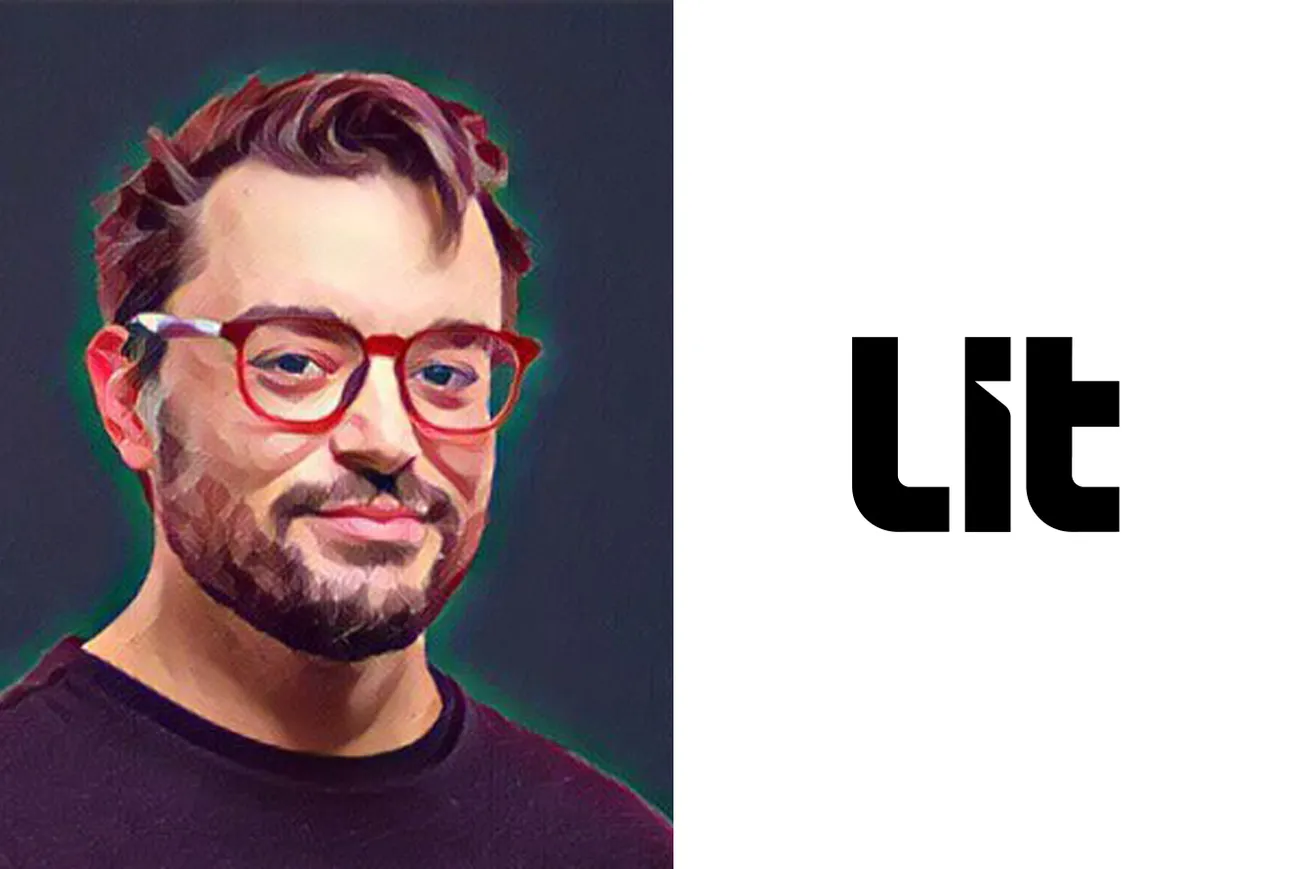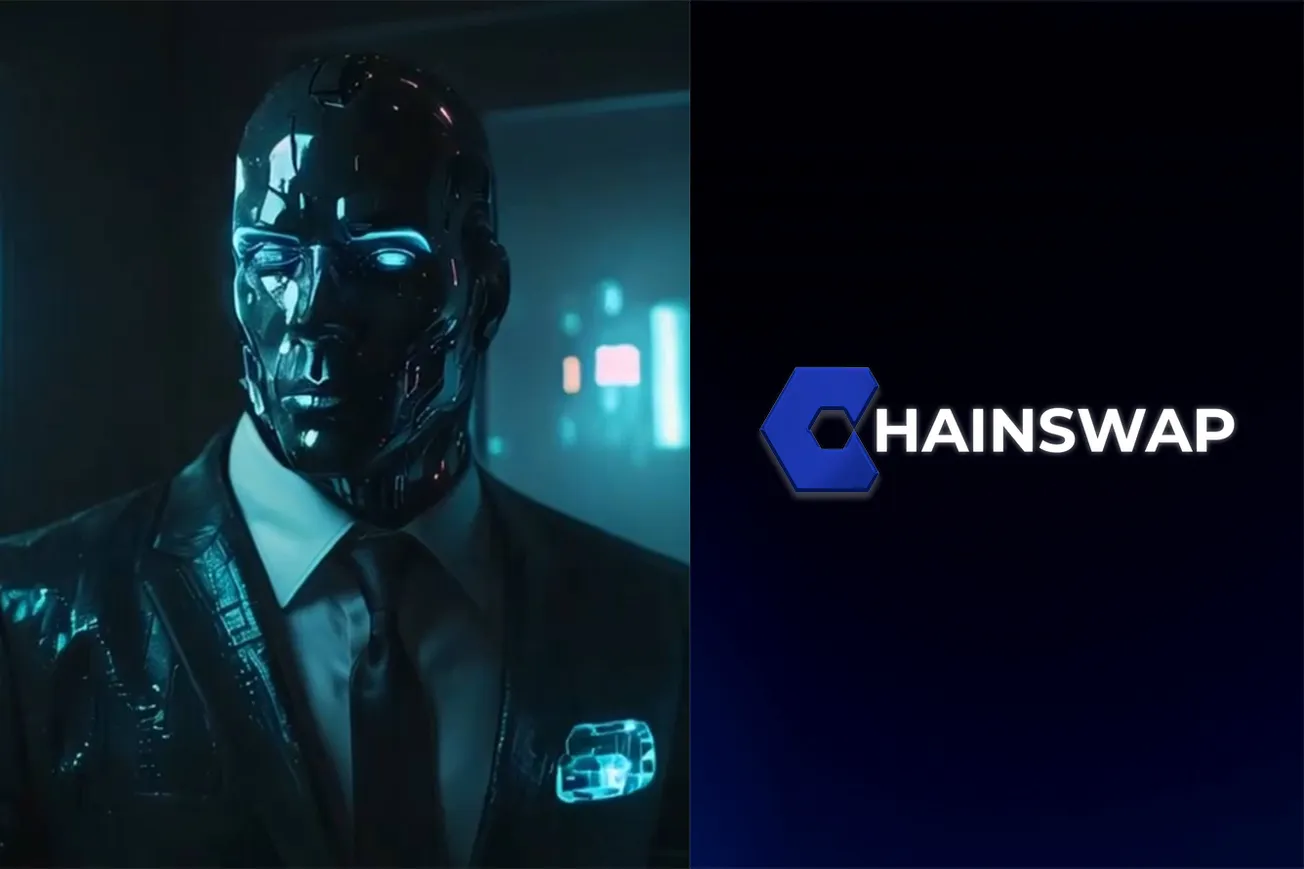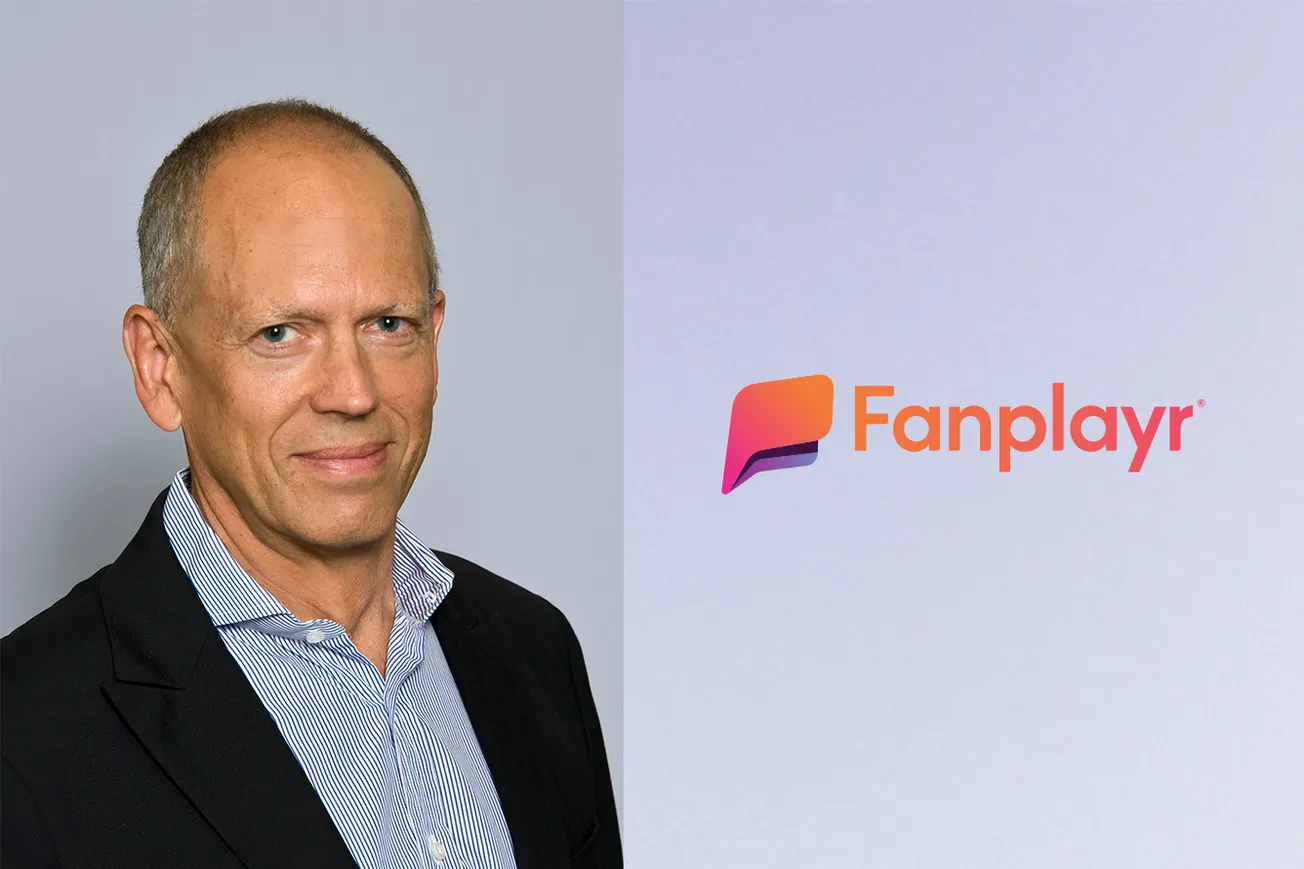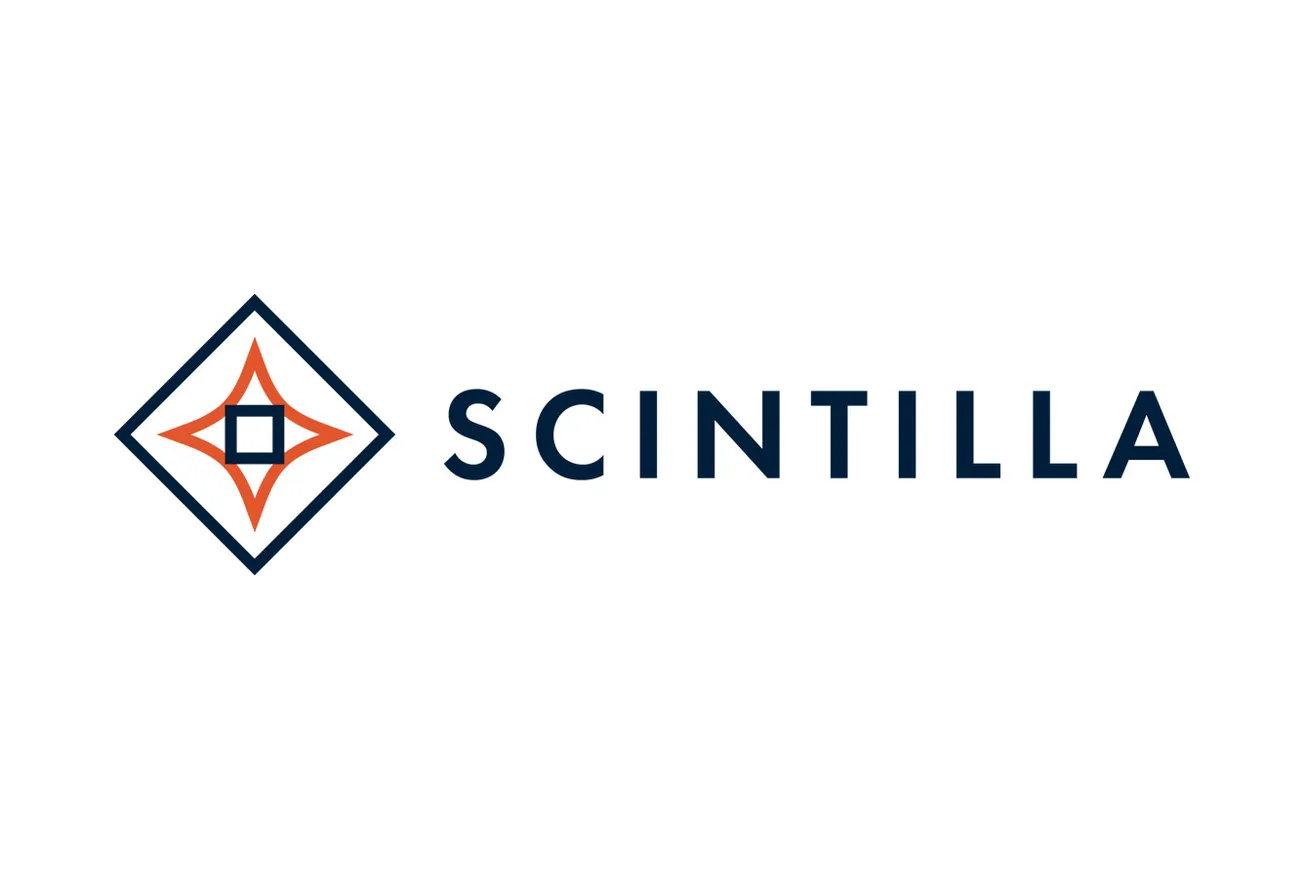Table of Contents
In this edition of The Founder, we sat down with David Sneider, Co-founder of Lit Protocol, a decentralized key management and compute network. Lit Protocol is at the forefront of revolutionizing how AI agents, applications, and wallets interact in a decentralized ecosystem. David shares insights on the future of AI, digital ownership, and how Lit Protocol is shaping a more autonomous and secure web3 landscape.
David, can you share a bit about your journey and what led you to founding Lit Protocol?
I read the Ethereum white paper in 2015 and was moved by the vision of a more tamper resistant world by embedding trust into the systems itself and the implications of doing so for self-organized communities. At the time, I was on the founding team at a SaaS company that would be acquired by LinkedIn in 2017. After the acquisition, Chris Cassano, my co-founder and I embarked on navigating the ‘idea maze’ to find a large-scale problem to solve with a network oriented mindset for solutions. In early 2021, after three and a half years of iterating through a dozen product ideas, we realized that using a network of nodes to manage programmable decentralized secrets was the path to pursue.
What’s one book, podcast, or experience that has significantly influenced your entrepreneurial mindset?
Zero to One, The Mom Test, Paul Graham’s essays.
How did the idea for Lit Protocol come about, and what problem are you solving?
Back in 2021, we’d built an NFT marketplace that had some decent traction. However, we asked ourselves “What is the evolution of NFTs?”. In the same way that the internet evolved from web1 of static pages to web2 with interactive pages, we considered why this couldn’t happen to NFT. In order to built this NFT evolution out, we needed to figure out how to make NFTs “unlockable”. This ultimately came down to a question of where to store that key that unlocks the NFT. Upon asking “What if a network is used to manage the key?”, the idea for Lit Protocol was born. It was clear from that moment that the underlying protocol of distributed keys was a powerful primitive that could solve the itch we had been trying to scratch with NFTs and much more, like cross chain solving, vaults, private data, and AI agents.
AI and decentralized technologies are rapidly evolving. What excites you the most about this convergence?
What excites me most about AI merging with decentralized technologies is that it helps fulfill both the original visions of the web with user-owned data as well as one of the aspects of blockchains that have the most potential to change organisations, DAOs.
This convergence allows AI to operate both on behalf of people and on encrypted data, creating a better web that has a foundation of cryptographically enforced privacy and consent. It also empowers DAOs with smarter, trust-minimized coordination—AIs can analyze proposals and guide resource allocation. These global, borderless services create new opportunities for people everywhere to collaborate and innovate, finally making the earliest promises of the internet and blockchain technology a reality.
The Lit Agent Wallet is being positioned as a game-changer for AI autonomy. How does it enhance security and user ownership?
Agents promise to automate tasks on behalf of individuals or organizations, but in crypto, control over assets hinges on private keys. Handing an LLM a private key introduces major security risks—whoever controls the LLM can potentially drain those funds. The Lit Agent Wallet solves this by storing the private key in a decentralized manner through Lit Protocol, then letting users (individuals or DAOs) define on-chain rules for how that key is used.
This approach not only keeps assets safe but also preserves true user ownership. The same setup works for all confidential data—like API keys for stock trading or credit card details for ecommerce—so you can tap into AI capabilities without sacrificing control or trust in your digital assets.
Privacy and trust are major concerns in web3. How does Lit Protocol ensure that user data remains secure and decentralized?
Lit Protocol safeguards user secrets, keys, and data through a "defense in depth" strategy, which is like having multiple layers of security:
- Shared Secrets: Lit Protocol splits key material across many computers, so no single node has the whole picture.
- Secure Enclaves: Each node in the network operates inside a special, ultra-secure environment called encrypted virtualization.
- Within the network, developers can run programs that dictate how the distributed secrets are used.
By layering these technologies, Lit Protocol creates a robust, decentralized infrastructure for key management and private computation. This approach ensures that user data remains secure and under user control.
What are some real-world applications and industries where Lit Protocol is already making an impact?
- Emblem Vault
- Fox
- Genius
Many founders struggle with adoption in emerging technologies. How has Lit Protocol approached building its ecosystem and developer base?
We happen to build technology that is extremely broadly applicable. It can be used for everything from managing passwords and login credentials to verifiable content and licensing, to programming independent digital asset wallets for autonomous agents. Given the broad spectrum of use cases, we have the privilege of attracting developers from ecosystems everywhere.
What’s your vision for the future of AI agents and their role in decentralized systems over the next five years?
On top of Lit Protocol, we’re building products so each person and organisations can have an ‘assistant agent’ that interacts with swarms of specialized agents to accomplish user objectives. Those behind the scenes interactions among agents will form a marketplace, and there’s no better place for that to live than on open blockchain rails, where agents can seamlessly interact, transact, and have policies enforced.
Lastly, any advice for aspiring entrepreneurs looking to build in the intersection of AI and blockchain?
There has never been a better time to lean into entrepreneurship and to think big. The technical limits to creativity and the impact one individual is capable of having are diminishing rapidly. Explore online resources, engage with folks you admire, and be public and prolific with your work. Begin contributing wherever possible and ask for feedback. Come join us in our Discord or reach out on Twitter if you want to learn more about Lit!
David Sneider and Lit Protocol are at the cutting edge of redefining how AI, security, and decentralized ownership intersect. As web3 continues to evolve, their innovations will play a crucial role in shaping a more autonomous and trustless digital future. Stay tuned to The Founder for more exclusive interviews with tech visionaries driving the next wave of innovation.











